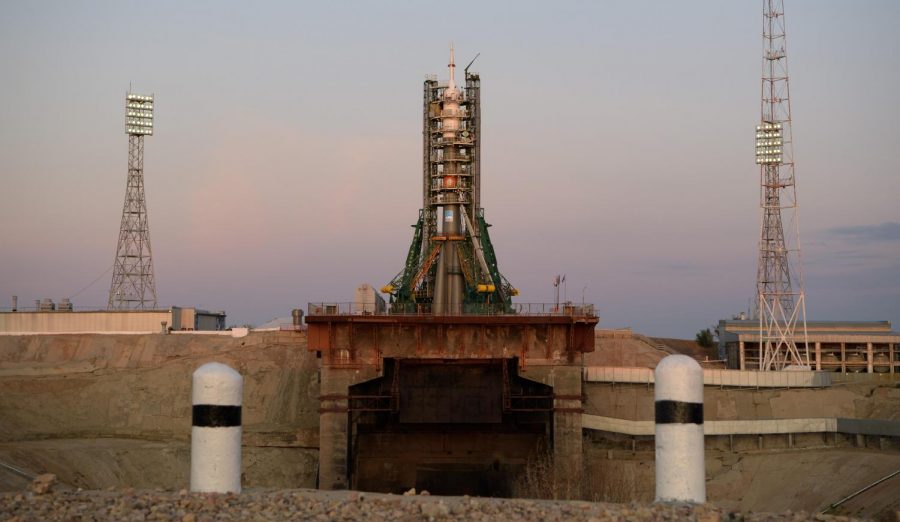Roscosmos Announces a Drastic Overhaul to Site 1/5
The Soyuz-FG rocket is seen prior to launch at site 1/5 prior to the Soyuz MS-15 launch. Photo Credit: NASA/Bill Ingalls.
The Russian space agency, Roscosmos has announced that they will renovate the world’s oldest continuously used launch site called Site 1/5 or “Gagarin’s Start.”
On Sept 25, 2019, the final manned launch from Site 1/5 for the foreseeable future occurred with Soyuz MS-15. The flight was also the last launch of a Soyuz-FG rocket (the name “Soyuz” is used to refer to the rocket and the spacecraft).

The Soyuz MS-15 carried Russian Cosmonaut Oleg Skripochka, NASA Astronaut Jessica Meir, and the first Astronaut from the United Arab Emirates, Hazza Al Mansouri to the International Space Station (ISS).
Site 1/5 is the oldest launch pad that Roscosmos and the Russian government has at its disposal and is located in one of the world’s oldest spaceports The Baikonur Cosmodrome, is located in Kazakhstan.
The other active Soyuz site in Baikonur is Site 31/6. When the spaceport was built, it was located inside the Kazakh SSR.
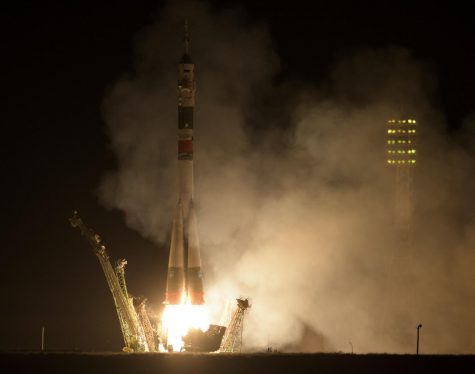
Russia has two other Cosmodromes, both inside the borders of the Russian Federation. These are the Plesetsk and Vostochny Cosmodromes. The Plesetsk Cosmodrome is mostly used for military launches with classified payloads. There are pads for the Soyuz-2, Soyuz-2.1v, and the new Angara rocket.
Vostochny Cosmodrome is a newer site and has only the ability to launch the Soyuz-2 series of rockets. The idea for building the Vostochny Cosmodrome is to decrease the Russian reliance on the Baikonur Cosmodrome which is in a foreign country. The first launch from Vostochny was in 2016.
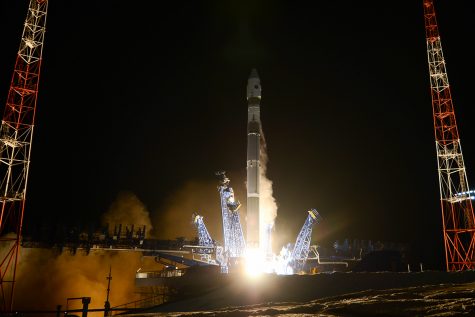
The Russians also have a joint Soyuz launch site with the European Space Agency (ESA) at the Guiana Space Centre in Kourou, French Guiana. The site in Kourou can handle both the Soyuz ST-A and the Soyuz ST-B versions which are just models of the Soyuz 2.1a and Soyuz 2.1b respectively. The site is also maintained and launched for ESA by Arianespace.
Site 1/5 was commissioned to be built in 1954 during the height of the Cold War. The Soviet Union was developing Intercontinental Ballistic Missiles or ICBMs to carry a nuclear warhead, possibly toward the United States, in the event of a nuclear war.
Site 1/5 has launched many versions of the R-7 Semyorka. The crewed variants of the R-7 ICBM to launch crew from the site include the Vostok, Voskhod, Soyuz-U, and the Soyuz-FG. The unmanned Molniya R-7 variant was also launched from the site and was used for satellites.

The name “Gagarin’s Start” has been given to Site 1/5 because it was the launch pad that launched the first man into space. On April 12, 1961, Vostok-1 lifted off from the Baikonur Cosmodrome at 06:07 UTC carrying Cosmonaut Yuri Gagarin.
Site 31/6 was built during the Cold War for additional R-7 ICBM launches, the first being on Jan 14, 1961. Site 31/6 has been used for manned launches when Site 1/5 was unable to support launches. Manned missions to the ISS like Soyuz TMA-06M, Soyuz TMA-15M, and Soyuz MS-02 have launched from Site 31/6.
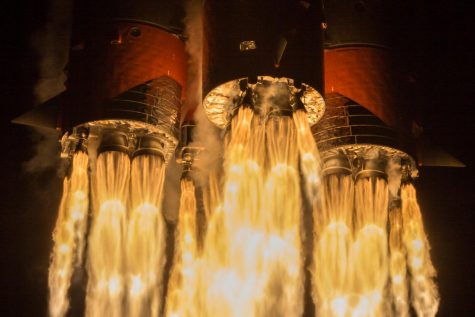
After the launch of Soyuz MS-02 in 2016, Site 31/6 was renovated to launch the newer Soyuz variants of rockets. These new variants include the Soyuz 2.1a and the Soyuz 2.1b.
Similarly to Site 31/6, Site 1/5 will have a major renovation and overhaul in order to launch the next Soyuz-2 variant: the Soyuz-2M. The Soyuz-2M is closely related to the Soyuz 2.1b, but it will be cheaper and will not feature the Fregat upper stage.
The renovation will be extensive because the site has been deteriorating due to the many launches in the past. Unlike the Soyuz-FG, the Soyuz-2M (and the other Soyuz-2 variants) have a digital control system (the Soyuz-FG had an analog control System).
All previous Soyuz and R-7 variants could not roll after liftoff to the appropriate heading, instead, the whole launch gantry on the pad had to roll prior to liftoff. The Soyuz-2M and other Soyuz-2 variants have the new ability to roll after liftoff.

To handle the new digital control system, the network of wiring in the launch complex at Site 1/5 will have to be replaced. The same goes to the existing launch tower/gantry will have to be torn down and rebuilt due to the fact that the fairing size on the Soyuz-2M is wider.
This is not the first time that Site 1/5 has been renovated. On Sept 26, 1983, Soviet Cosmonauts Vladimir Titov and Gennady Strekalov had to use the launch escape system when a valve failed to close on the pad, spilling Kerosene on the pad, which caused the Soyuz-U rocket to catch fire. As the fire grew, the system fired and the cosmonauts were pulled off of the rocket.
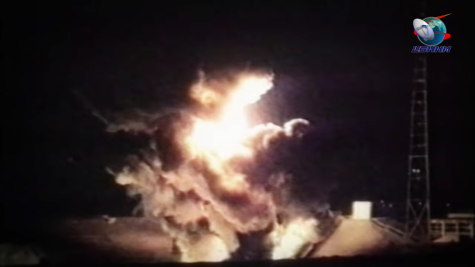
Even though the Soyuz 7K-ST No.16L or known as the Soyuz T-10-1 mission failed to reach the Soviet Salyut 7 space station, Titov and Strekalov safely landed in their Soyuz capsule a couple of kilometers away from the launch site. The same Soyuz capsule was reused for the Soyuz T-15 mission.
After the Soyuz T-10-1 explosion, Site 1/5 had to be renovated and repaired. These repairs after the 1983 event included extensive work or replacement on the launch tower/cantry and the flame trench, which was filled with debris.

According to RIA news, the renovation cost of $84 million dollars will be shared between the nations of Kazakhstan, Russia, and the United Arab Emirates. Renovation and construction will begin this year and is scheduled to be completed by 2023.
Meanwhile, manned Soyuz launches on the Soyuz 2.1b will be launched from Site 31/6 in Baikonur for the foreseeable future. The first manned launch of the Soyuz 2.1b will be Soyuz MS-16. The crew for MS-16 currently consists of Russian Cosmonauts Anatoli Ivanishin, Ivan Vagner, and NASA Astronaut Christopher Cassidy.
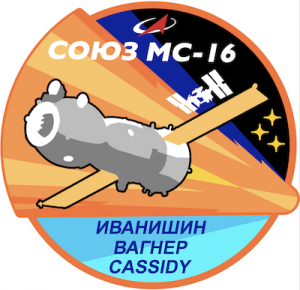
Recently, Russian Cosmonauts Nikolai Tikhonov and Andrei Babkin had to be dropped from the prime crew of Soyuz MS-16 due to an eye injury suffered by Nikolai Tikhonov. This is not the first time Tikhonov has been dropped from a flight, he was dropped from Soyuz MS-04 and Soyuz MS-10 prior to this recent development.


